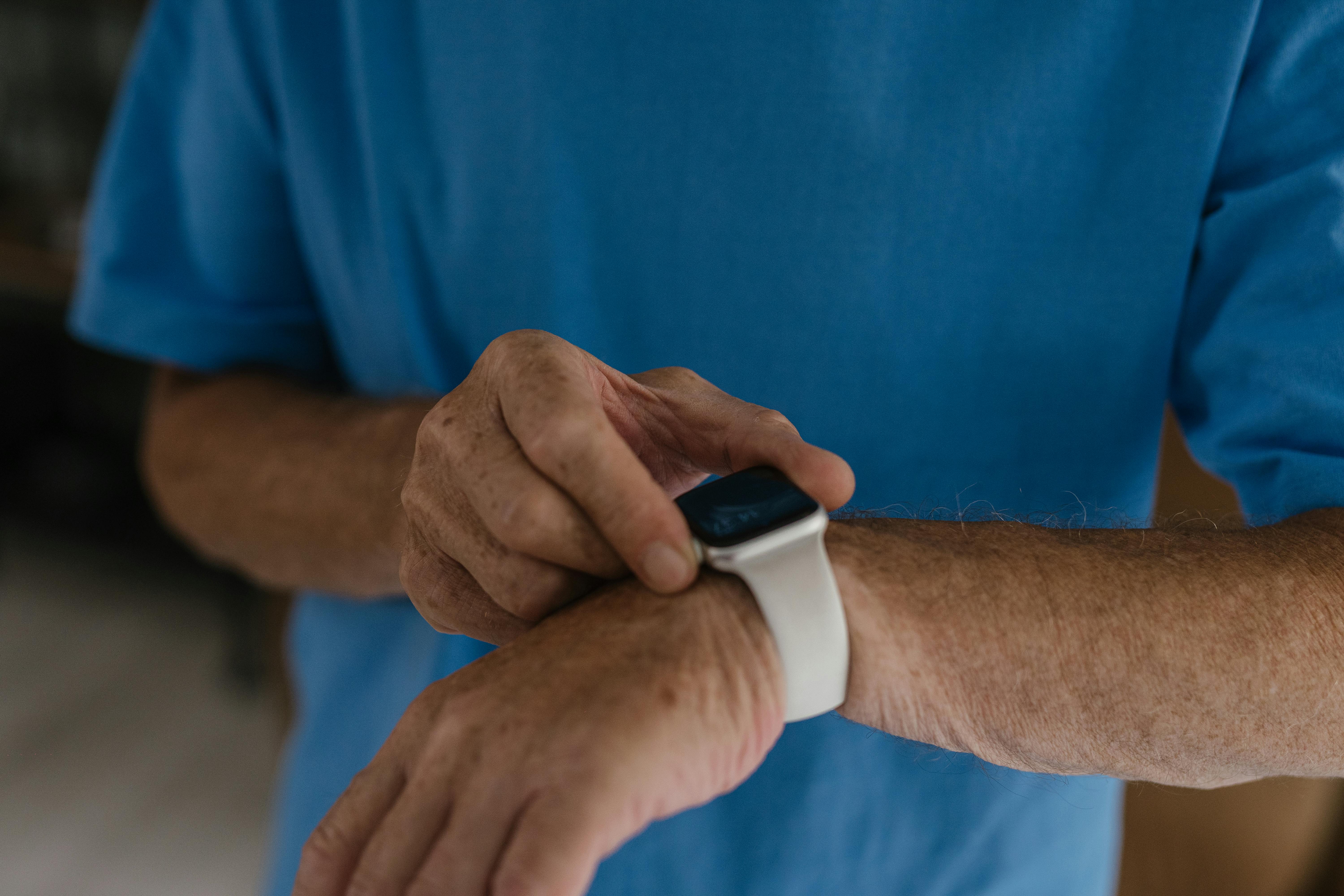
As we age, safety around the home becomes a top priority, especially when it comes to fall prevention and emergency response. Thankfully, modern technology has provided numerous solutions that can help individuals stay safe and provide peace of mind to their loved ones.
From wearable devices to smart home systems, there are plenty of options available to enhance daily living and ensure timely assistance in case of a fall.
Wearable Safety Solutions
Wearable devices have become increasingly popular for fall detection and emergency alerts. These compact and user-friendly gadgets are designed to be worn as a watch, pendant, or clip-on accessory. They automatically detect sudden movements or impacts and can send an alert to emergency contacts or medical services. Some even come with built-in communication features, allowing the user to call for help with the press of a button. These devices are ideal for seniors who live alone or those at higher risk of falls.
Some popular options available for purchase include fall detection smartwatches, personal alarm pendants with GPS tracking, and medical alert bracelets with two-way communication.
Pros and Cons of Wearable Safety Solutions
Pros:
- Continuous monitoring and quick emergency response.
- Easy to carry and use daily.
- Some models offer GPS tracking for added security.
Cons:
- Requires charging and maintenance and need to always wear them
- Some models require a subscription for emergency services.
- Can be uncomfortable for some users over extended periods.
Smartwatches with Fall Detection
Smartwatches with fall detection are among the most advanced and convenient safety devices available today. These watches are designed to be worn at all times and use built-in sensors, such as accelerometers and gyroscopes, to detect sudden falls. When a fall is detected, the watch can trigger an alert, prompting the user to confirm if they need assistance. If there is no response within a set period, the device can automatically notify emergency contacts or medical services.
Many smartwatches with fall detection also feature GPS tracking, heart rate monitoring, and emergency call capabilities, providing a comprehensive health and safety solution. Some models offer integration with smartphone apps, allowing caregivers to monitor the user's well-being remotely. The convenience of a smartwatch means users do not have to remember to carry an extra device, making fall detection a seamless part of daily life.
View the range here
Pros and Cons of Smartwatches with Fall Detection
Pros:
- Multi-functional with health and fitness tracking features.
- Automatic emergency alerts and GPS tracking.
- Stylish and discreet compared to other alert devices.
Cons:
- Battery life can be limited, requiring frequent charging.
- Some models can be expensive.
- Not all smartwatches are designed with elderly users in mind.
Smartphones and Apps
Technology has made fall detection even more accessible through smartphone applications. Many apps now offer built-in emergency alert features that use motion sensors to detect falls. These apps can send alerts to family members or emergency contacts and even provide real-time location tracking. This is a great option for tech-savvy individuals who already use a smartphone and prefer not to wear additional devices.
Pros and Cons of Smartphones and Apps
Pros:
- Cost-effective compared to dedicated fall detection devices.
- No need to carry an additional device if the user already has a smartphone.
- Some apps offer free or low-cost versions.
Cons:
- Requires the user to have their phone on them at all times.
- Not as reliable as dedicated fall detection hardware.
- Battery consumption can be high when running in the background.
A simple solution for the less tech savvy of owners, are basic mobile phones such as the Doro. Straightforward and easy to use device with large, well-spaced buttons making it more accessible. The one press assistance button allows users to get help quickly and easily when they need it most. When pressed, the button will send an SMS message to the 5 programmed contacts. It will then begin to call them in sequence and when someone answers the call, it automatically connects the Doro user to them on a hands-free call. Providing that extra reassurance for the user and family that they can easily alert for help with the press of a button.
Choosing the Right Technology
When selecting a fall detection device or system, it is important to consider factors such as ease of use, battery life, connectivity, and compatibility with other devices. Some solutions require monthly subscriptions, while others offer one-time purchases with no ongoing fees. Finding the right fit depends on individual preferences, lifestyle, and budget.
Conclusion
Technology has revolutionised the way we approach senior safety, making fall detection and prevention more accessible than ever. Whether through wearable devices, smart home monitoring, or smartphone applications, there are numerous ways to provide added security and peace of mind for individuals and their families. Investing in these innovations can significantly enhance quality of life, ensuring that help is always just a step away when needed.